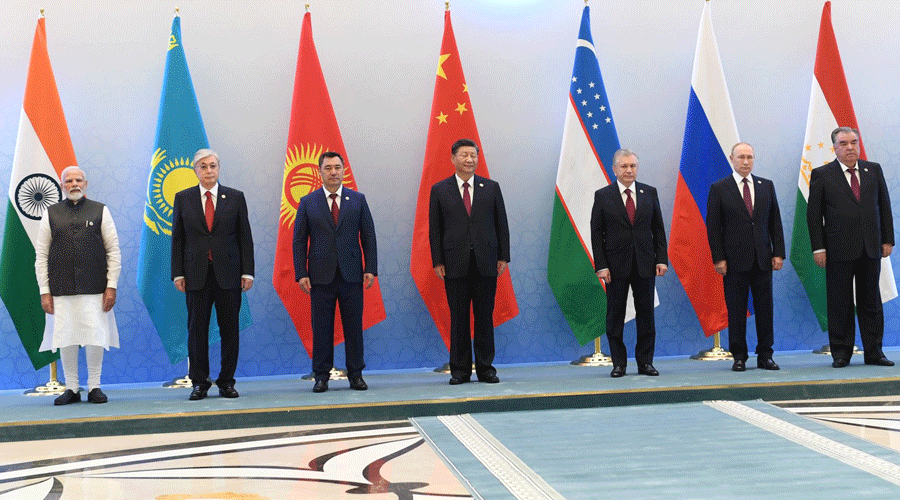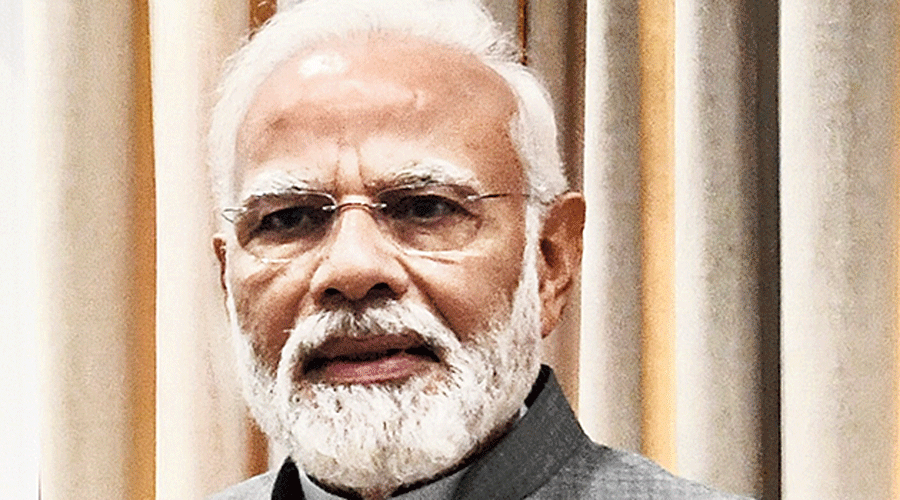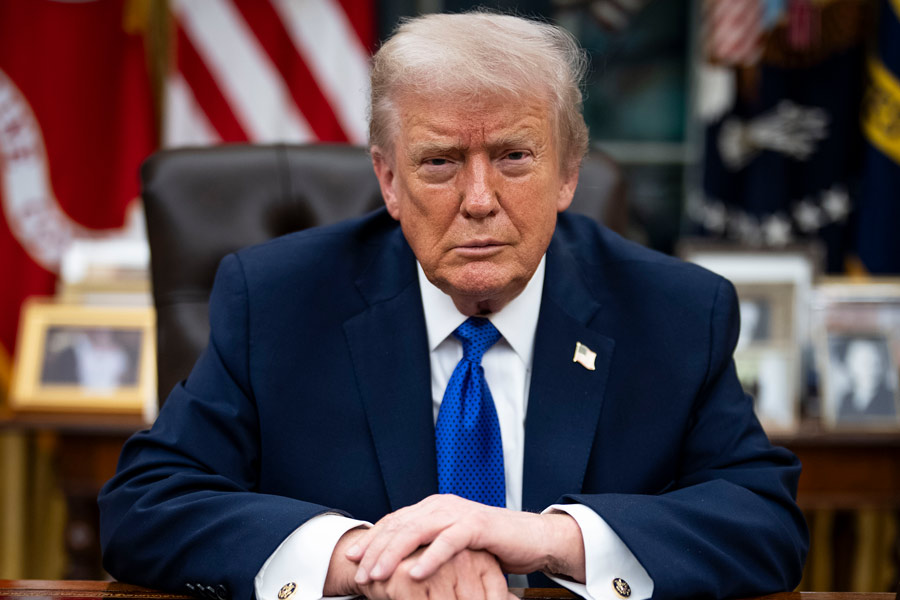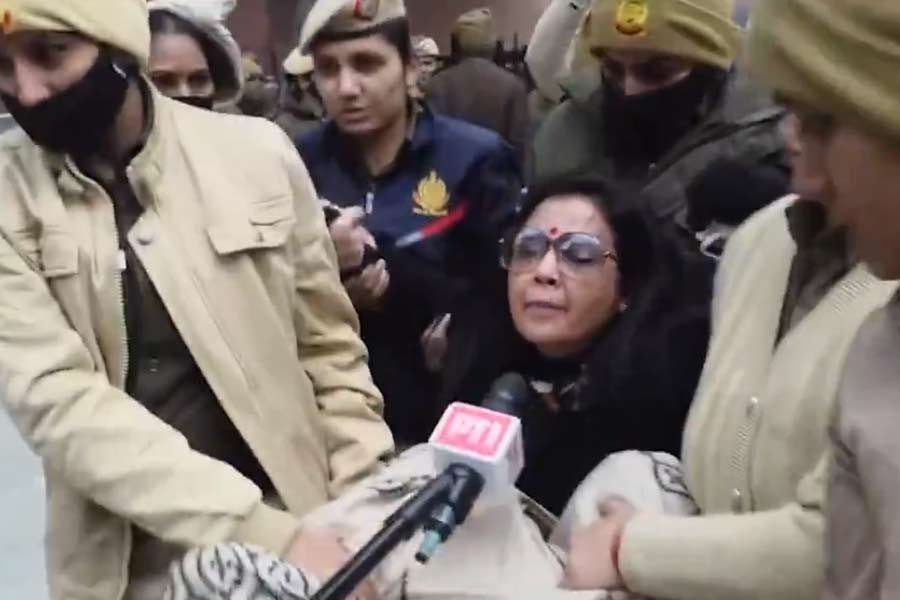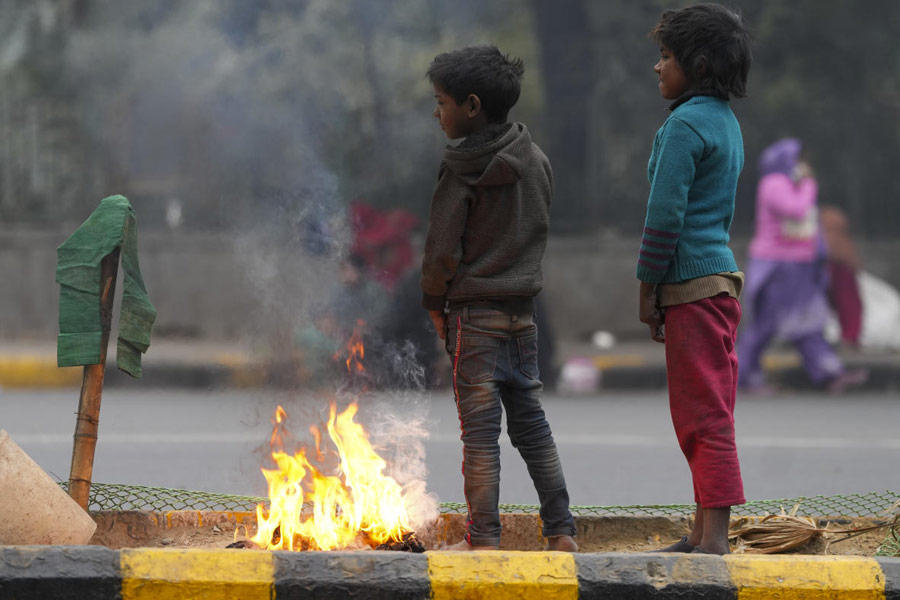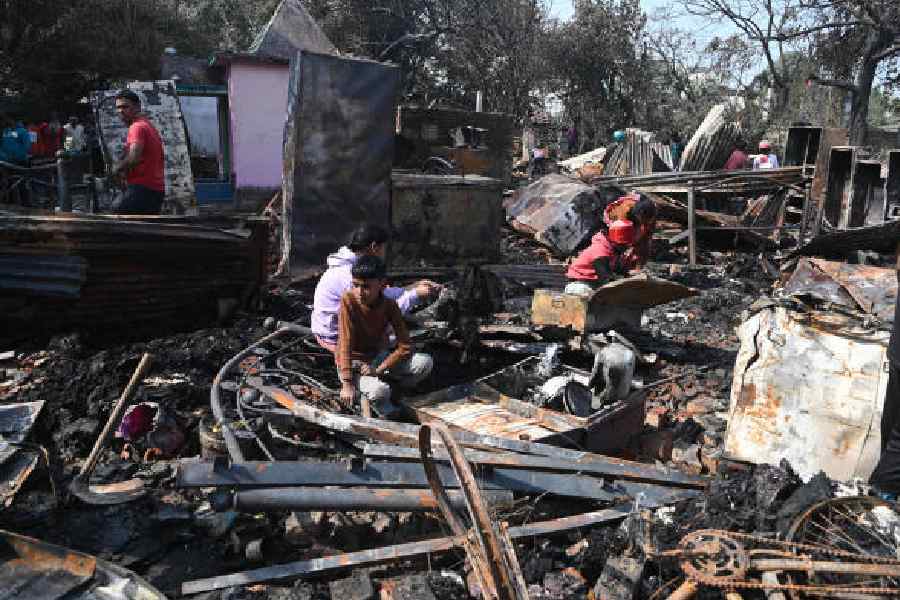The latest India-China disengagement at Hot Springs has prompted military veterans to again castigate the Narendra Modi government for ceding control of more territory by agreeing to China’s demand for “buffer zones”, instead of pushing for restoration of the April 2020 status.
As in the Galwan Valley, Pangong Lake and Gogra before, both India and China have retreated by equal distances at Hot Springs, leaving a “no-patrolling zone” in between. This means that Chinese troops still remain within Indian-claimed lines while India has given up patrolling rights over more territory.
“This New India under Modiji has capitulated to Chinese aggression and bullying, and allowed the creation of demilitarised buffer zones within Indian territory. These buffer zones mean further territory loss as India has retreated from its own claimed territory as part of the disengagement agreements,” a former lieutenant general told The Telegraph.
“What happened to the so-called muscular nationalism that this government projects in election speeches? The Chinese army is sitting well inside our territory and we are calling it ‘disengagement’. What we have witnessed over the past two years is complete capitulation by the Indian government and the ceding of further territory to China.”
The “buffer zones” are 3km wide in the Galwan Valley, 10km wide at the Pangong Lake and 3.5km each in Gogra and Hot Springs. The Indian army, which used to patrol these areas, can no longer do so under the disengagement agreements.
“Instead of trying to find a short-term solution and calling it ‘disengagement’, why is India not telling the Chinese to return to their side of the Line of Actual Control?” a former brigadier said.
A defence ministry official said the buffer zones and the suspension of patrolling were temporary. “India has not given up its right on those areas,” he said.
He, however, declined comment why the government had not issued any official statement on how long these buffer zones would continue.
A retired major general said the Chinese had transgressed into India-claimed areas since May 2020 with the clear intention of altering the map and occupying areas that suit its strategic purposes.
“These buffer zones represent a new status quo on the frontier. The Chinese have been non-committal on restoring the status quo as of April 2020 and are pressing India to accept the altered frontier created by their transgressions,” he said.
The Indian government’s silence on the rationale for creating such buffer zones — in areas the India army had been patrolling since 1962 — has serious implications for the country’s territorial integrity and sovereignty, he said.
In an interview to the news portal The Wire, former colonel Ajai Shukla has said the disengagements at multiple points in Ladakh have been “disadvantageous to India”.
“Buffer zones have come up in such a way that India can no longer patrol territory that it believes is Indian and where previously it could patrol,” Shukla said.
He also spoke about the “extremely damaging” implications of Modi’s statement — four days after the June 15, 2020, clash at the Galwan Valley that killed 20 Indian soldiers and four Chinese troops — that no one had occupied or was occupying Indian territory.
These comments had seemed to play into the hands of the Chinese, who promptly denied any transgression and claimed ownership of all the territory they held.
“The damage it (Modi’s statement) has done to our position was absolutely incalculable. It’s very damaging and has let the Chinese off the hook,” Shukla told The Wire.
A former navy chief said the disengagement process, with its creation of the buffer zones and silence on status quo ante, had been “a big blunder”.
“Are we giving legitimacy to China’s claim over the multiple friction areas?” he said.
He added that the entire disengagement process had so far been “opaque” and “shrouded in secrecy”.
“Why are the government and army not releasing satellite imagery showing how far the Chinese have retreated and what the position of the Indian Army is on those ingression points?” he said.
The Chinese are yet to disengage from the strategic Depsang Plains where they are said to be entrenched 18km inside India-claimed lines.
China is estimated to have taken over close to 1,000sqkm of India-claimed territory on the barren but strategically critical plains and valleys of Ladakh.

